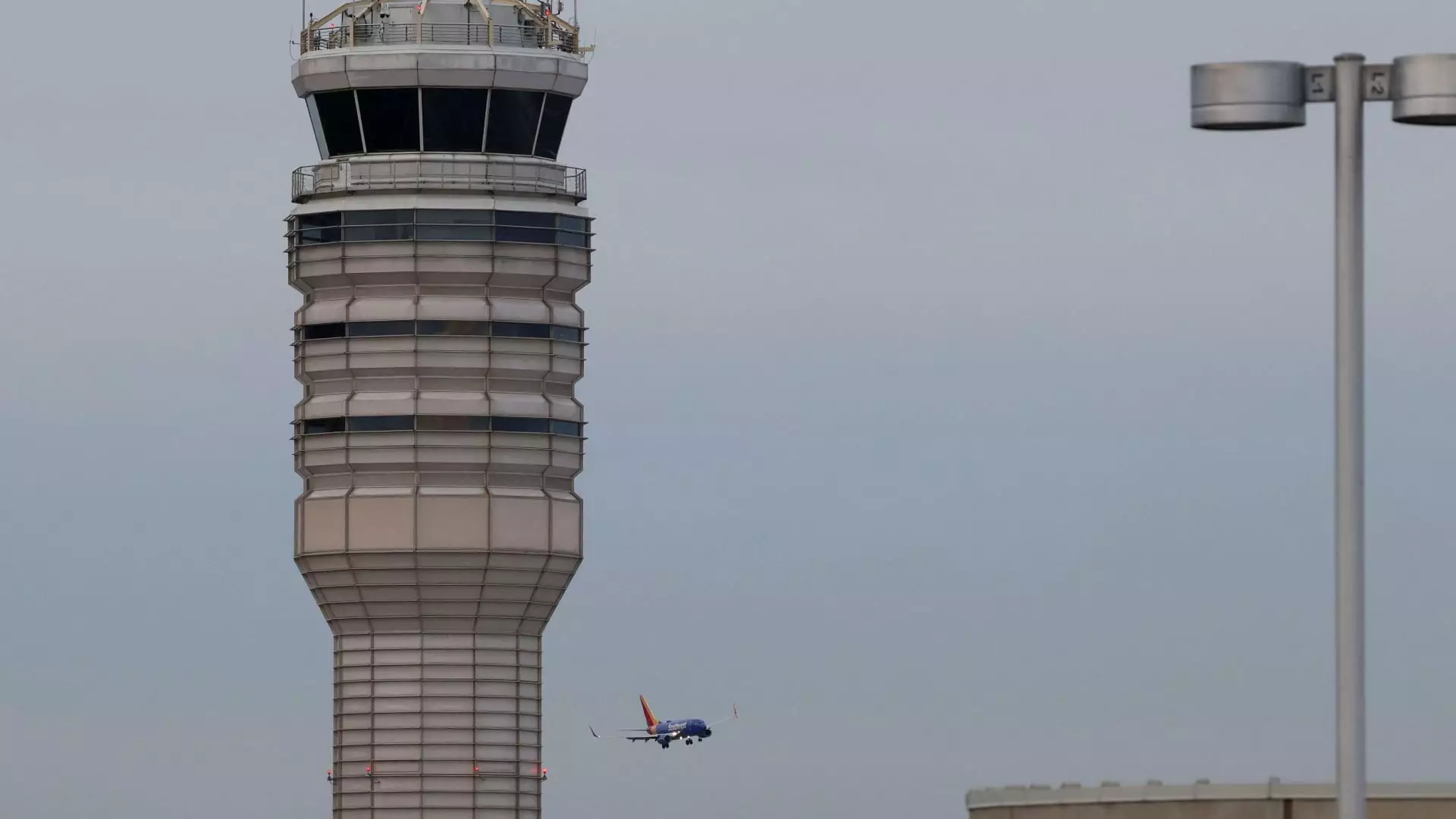In the wake of a tragic incident involving a U.S. Army Black Hawk helicopter and an American Airlines jetliner, the Federal Aviation Administration (FAA) has implemented new restrictions aimed at enhancing air safety around Ronald Reagan Washington National Airport. The collision, which claimed the lives of all 64 passengers aboard the plane and the three crew members of the helicopter, marks a significant foreboding in aviation history, being the first commercial airline crash in the U.S. since 2009 and the deadliest since the terrorist attacks of September 11, 2001. Transportation Secretary Sean Duffy announced these regulations, asserting that the new measures are critical to restoring public confidence in the aviation system.
The airspace around Washington, D.C., is known for its complexity and high traffic volume, particularly with military and commercial aircraft operating in close proximity. Helicopters in the region follow designated tracks or zones as part of their operational protocols. According to Todd Inman, a member of the National Transportation Safety Board, this incident occurred while the helicopter was transitioning between different operational tracks. These defined routes are essential for preventing collisions and allowing for smooth air traffic flow. The substantial number of helicopters frequently observed in D.C. underscores the necessity for stringent regulations to mitigate the risks involved.
Preliminary findings indicate that the American Eagle Flight 5342 was descending for landing when it collided with the military helicopter just moments before touch down. While the FAA’s immediate response is commendable, questions remain as to the factors leading to the helicopter’s breach of established protocols. Investigations will delve into various elements: the altitude at which both aircraft were operating, crew readiness, and communication patterns with air traffic controllers. Understanding these dynamics is vital not only for accountability but also for the refinement of existing aviation safety regulations.
This tragic event has triggered a broader discussion regarding aviation safety and the interplay between military and civilian air traffic. American Airlines CEO Robert Isom praised the government’s swift action in restricting helicopter traffic. He lauded President Trump’s involvement, emphasizing the necessity for decisive measures to ensure consistent regulations within the aviation sector. Public confidence in an already tumultuous aviation landscape requires consistent accountability and transparency from both military and civilian aviation authorities.
As investigations proceed, there is a pressing need for a comprehensive reassessment of operational standards in shared airspace, particularly in high-stakes environments like Washington, D.C. While the newly enacted helicopter traffic restrictions are a step in the right direction, the aviation community must collaborate to develop even more robust safety protocols to prevent such disasters from occurring in the future. The goal should not only be to recover from this tragedy but to pioneer measures that enhance the security and reliability of the aviation system for all who depend on it.

